“Geologists major in colouring-in at university”, is what I used to say to curious underground engineers, as I huddled over the light table working on an underground ore development level plan.
This was a joke of course - creating a hand drawn level plan used to be one of the best jobs as an underground geologist. And despite the good natured teasing from engineering colleagues on “colouring within the lines”, when a drive intersected an offsetting fault, or higher (or lower) than expected grades were intersected in drilling ahead of development, or there was excessive overbreak on the hangingwall of the stope, everyone inevitably crowded around the level plan to discuss what to do next.
The collection and presentation of underground mapping data is one of the most important jobs a mine or underground geologist can be tasked with. But is this data always being presented in the most effective way?
Face and backs photos are often catalogued, added to spreadsheets alongside face assays or registered within 3D software packages for use in interpretation. But what about all those annotations and observations geologists make while underground onto pieces of paper? Where does this data end up?
Observations that may seem incidental can turn out to be critically important, both from a geological, mining and safety perspective, and depending on the ground support they are time critical as well. There is no getting that information from the backs once shotcrete is applied. Observing and recording any subtle changes to geological features is the main reason geologists are employed to inspect underground headings. But if these observations are not recorded once the geologist reaches surface, what use are they?
Therefore, good old fashioned level plans with information about each cut taken, as well as a dynamic geological interpretation, is an extremely valuable and cost effective approach. These plans are essentially rolling backs mapping and should be used in conjunction with the 3D interpretation and face photos.
I think the ability to hold group discussions between geologists and engineers around a table with all the data presented is hugely beneficial to underground operations. But I’m curious to know how other mine geologists are recording this data – in 3D software using annotated comments perhaps? Let me know if you have a better way or prefer the old school levels plan approach!

